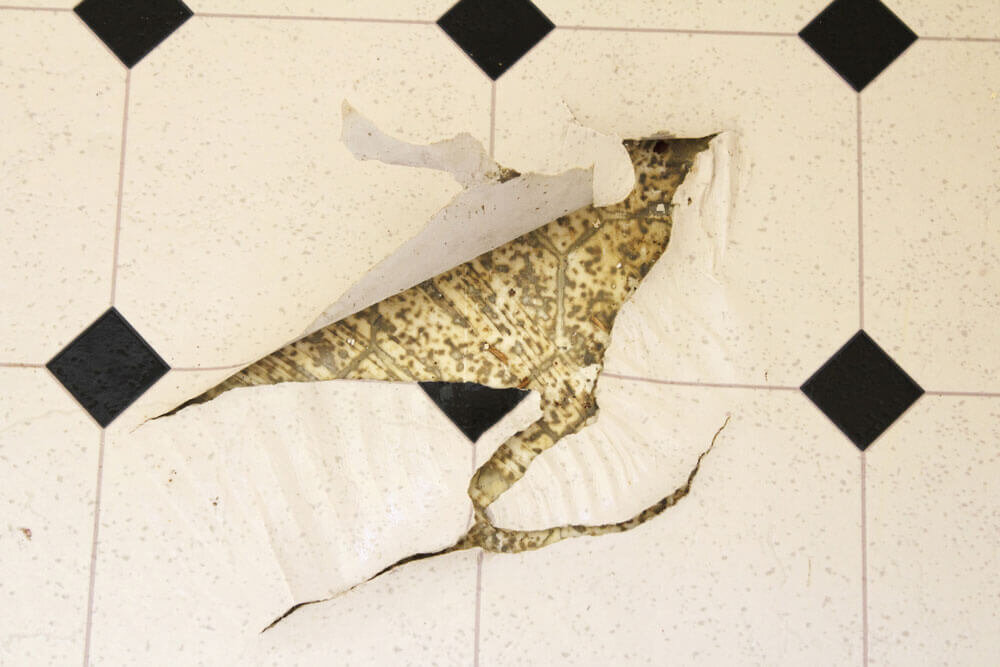Paying attention to the life of your floors can be a tricky thing. You see and walk on them almost every day, so there would have to be a big issue in order for it to register on most people’s radars. But what should you do if you notice damage to your linoleum floors, and you’re not sure how long it’s been that way?
How to Handle Damaged Linoleum
Figure Out What Caused the Damage to Your Linoleum Floor
The first thing you should do is determine what caused the damage to your floor. This can be tricky to do if you aren’t sure how the damage happened. One way to do this is to think about what room it is in. If it is in the kitchen, bathroom, basement, or any other room with a high water risk, it’s likely that. If it is, you will notice a musty smell, like something is getting moldy. Luckily for people in the Nashville area, this isn’t a huge risk, due to the way linoleum floors are installed over concrete instead of other subfloorings. But, if this is the issue, you need to figure out if the stains and mold happened because of accumulated water, or if there is a leak. Other common types of damage you find in linoleum flooring are scratches, dings, and dents – the kind that occur when the surface is gouged by something sharp.
Determine the Extent of the Damage
Once you’ve established where the damage is coming from (and fixed it, presumably), the next thing you should do is figure out how bad the damage is. It helps if you know what kind of linoleum flooring you have, and how it was installed. If it is similar to the vinyl plank flooring in many homes and apartments these days, you will have an easier time fixing it, since you do not have to worry about replacing the entire floor, as you would with sheet vinyl flooring. If there are a number of scratches across the surface, you probably want to look at replacing the whole floor; the same with a large water stain. Otherwise, you can look into replacing the individual floor planks, in the way you would with a traditional hardwood floor.
What Comes Next?
By this point you should have a better idea of what caused the damage, and how extensive it is. This is the time to decide if the floor is worth salvaging, or whether it is time to install a new floor. Although no one can make this decision for you, now would be a good time to talk with one of the professionals here at Ozburn-Hessey. No one has more information about floors in the area, and even if you do not decide to do anything about the problem now you will surely be better off for the knowledge. They will be able to help you decide if sticking with linoleum floors is the right idea, and whether or not something like laminate plank flooring might be better.
The thought of having to replace your linoleum flooring can be frustrating. But if you know how big of a problem the damage is, and how it happened, then we here at Ozburn-Hessey can help you fix it.




